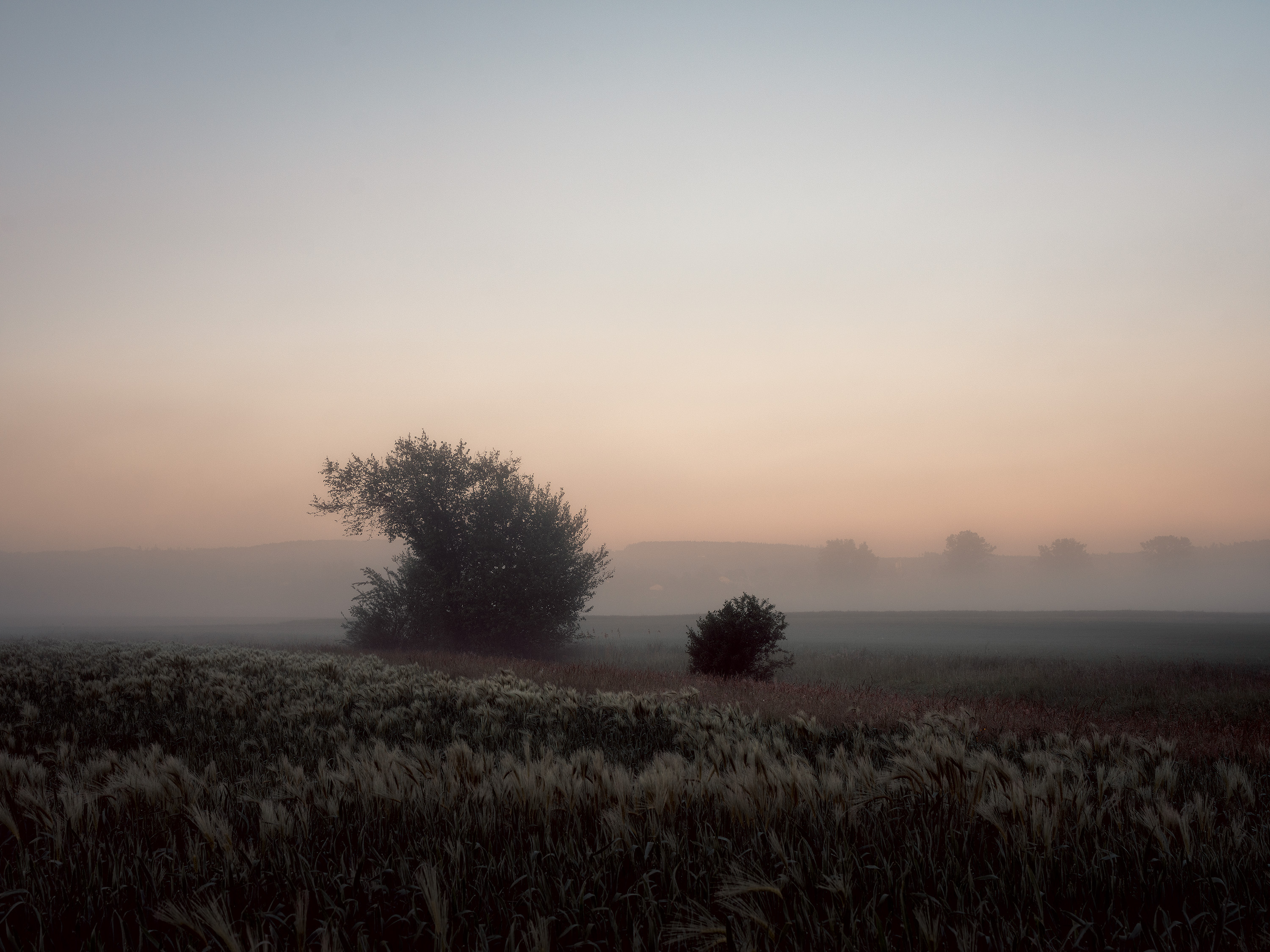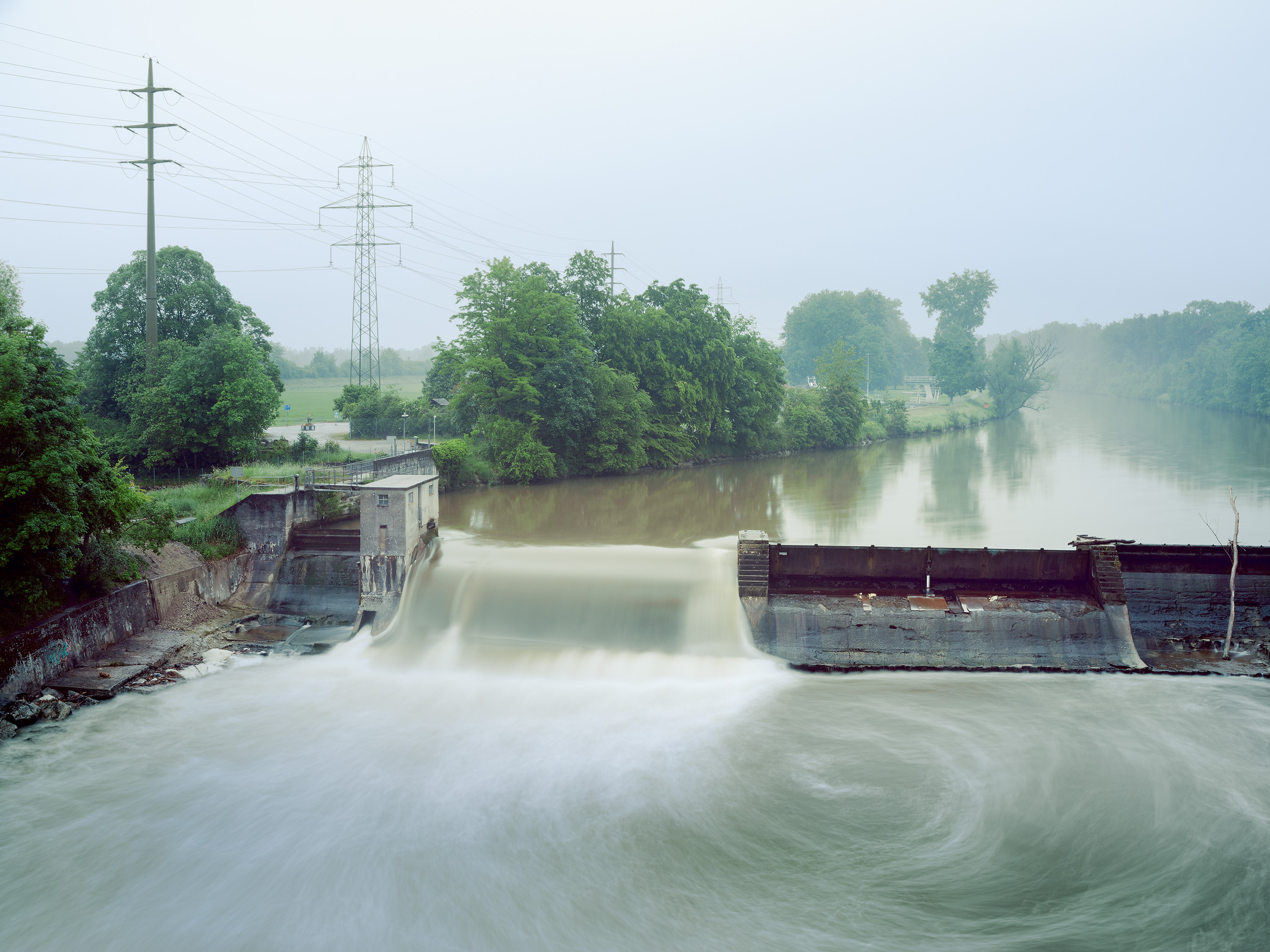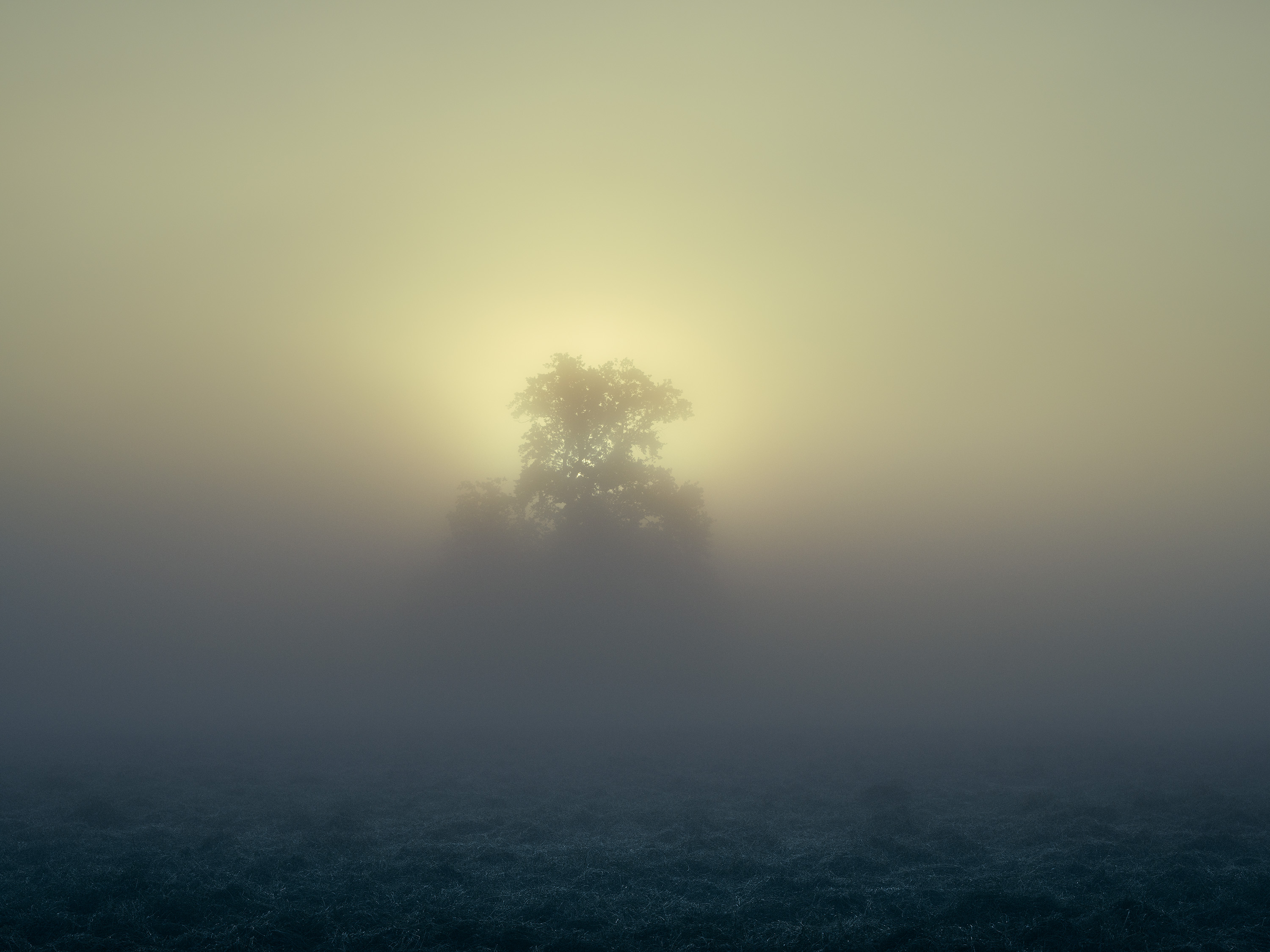
Photo essay Landscape
Thur
In this latest book Marco Zedler photographed the river Thur. This result is a wonderful book of romantic landcapes of this part of Switzerland.

Tell us a little about your background – what path led you to becoming a photographer, and to doing what you’re doing today?
In my youth and also later, I was very involved with painting, but also music and sound. I actually thought that was my path. At some point, a friend took me on his photography tour and I liked it right away. I found that searching and finding pictorial ideas satisfied me more than painting them with a brush on a canvas. Photography can be tremendously exciting, you never know what to expect. It's a little adventure every time. I think it's a bit of a shame that I discovered photography for myself so late. If it had happened earlier, I would certainly have chosen a corresponding course of study. But I also know that it is not easy to make a living with this kind of photography. At the moment, I think I've found a good path for myself that leaves me enough time for photographic projects alongside my job. It has the advantage that you can work completely freely and without constraint, which I think is a great privilege.


Can you tell us a bit more about the book ‘Thur’?
I live in Switzerland, in the canton of Thurgau. The river Thur gives the canton its name and hardly anyone outside Switzerland knows it. Actually, the river flows through a total of three cantons in eastern Switzerland: St.Gallen, Thurgau and Zurich. In everyday life, you often cross it without noticing. In my region it is rather inconspicuous and in large parts almost straightened like a canal. By definition, however, it is a torrent and it was not so long ago that it still formed wide, varied river landscapes. The water level depends very much on the seasons and rainfall, and there were often large-scale floods. People therefore began to protect themselves early on, for example with dams. In this way, the river was tamed over time, but also lost much of its former wildness. Many riparian forests and swamps also disappeared and are now used for agriculture. When I was once in the headwaters in the canton of St.Gallen, I could see that the Thur can also be quite different. There it does far more justice to its designation as a torrent and flows powerfully over rocks and through gorges. I found that exciting and was interested in how the river develops all the way to its mouth. I imagined finding pictures that still showed a hint of its wild nature. That was also the reason why I opted for a rather wildly romantic visual language, which I also enjoyed very much. At the same time, it was an opportunity to get to know my homeland better, to look at the everyday with new eyes.

Can you tell us a bit more about the process of making the book ‘Thur’?
In total, I photographed for the book for about 1.5 years. In the process, I took about 350 photos. I like to work on clearly defined projects, that gives me the necessary focus, otherwise I would get bogged down. Most of the time I travel alone, because otherwise it's hard for me to get into the flow. I research the places I want to visit on the web or GoogleMaps and then visit them to get an idea first. Later, when the conditions are right and usually well before sunrise, I return and take pictures. This has the advantage of already knowing the location and possible viewpoints, especially when it's still dark. This saves time and gives me more mental space to compose the image and (very important) enjoy the situation on location. I visit good locations several times until the lighting conditions are the way I want them or think they are good.
I found the selection of images for the book (about 90) particularly challenging. It always hurts to have to leave out favourite pictures. I did the layout and design of the book myself. That saves money and in the meantime I have it well under control and know what I have to pay attention to so that there are no problems during printing. I deliberately did without a publisher, because in this case it brought me no advantage. Publishers only pre-finance books in exceptional cases and often offer worse conditions for printing costs. Of course, the reputation of a well-known publisher can help to distribute the book, but much of this can now be done yourself and often better through your own network. The cantonal administrations (of the three cantons mentioned above) have been very supportive in financing the THUR book. I am also very grateful that many people have pre-ordered the book, so I have already been able to cover most of the production costs.


How would you describe your work?
My photographs are often described as atmospheric, painterly or meditative. I think that's true, because most of the pictures come out of a process in which the preoccupation with place and the transformation through light is essential. Sometimes there is something meditative about it. One drawback is perhaps that it all takes a lot of time and I'm probably quite slow in terms of my output. - Which camera and lenses do you have? In the book THUR there are many shots from my Fuji GFX50r. For this I only have a 20-year-old manual 45mm lens with a shift adapter. This is a conscious decision to have to think less about technique when photographing. At some point you have internalised the angle of view and the possibilities of the lens so much that you know if there is a picture or not even without looking through the camera. It's very liberating and the mental focus stays in the landscape. Sometimes I decide to shoot a project purely on film. For this I use either a Mamiya7 with 65mm lens or an Intrepid 4x5 Large Format with 120mm lens. I hope there is still film to buy for a long time, I love the surprise and excitement when the film comes out of the lab! :-)


What does photography mean to you?
All my thinking has always taken place in images. Photography offers me the opportunity to engage with the world in my own way, to understand it better and, in the best case, to gain deeper insights.
Which other photographers, designers, artists or creative people are you loving at the moment?
There are so many! Robert Henke, Peter Bialobrzeski, Bernhard Fuchs, Harry Cory Wright, Otto Olaf Becker, Joel Sternfeld, to name just a few well-known artists who have inspired me and still do. But I am also very inspired by the many incredible talents that can be discovered on social media like Instagram.

© Pictures by
Marco Zedler
